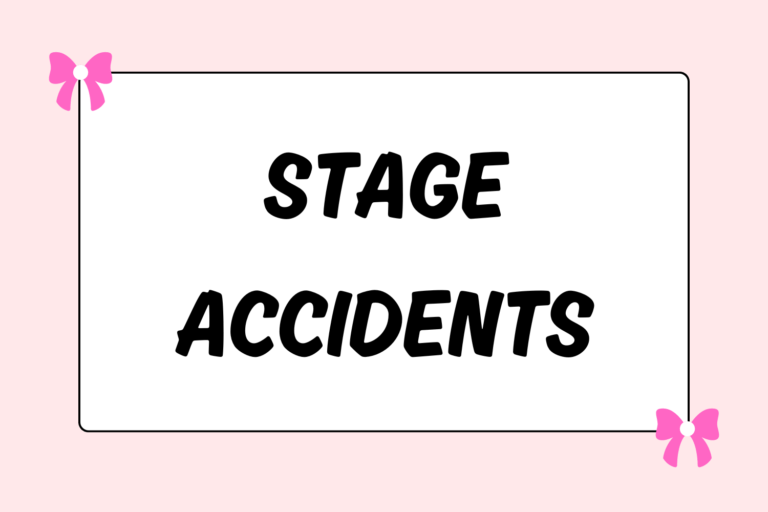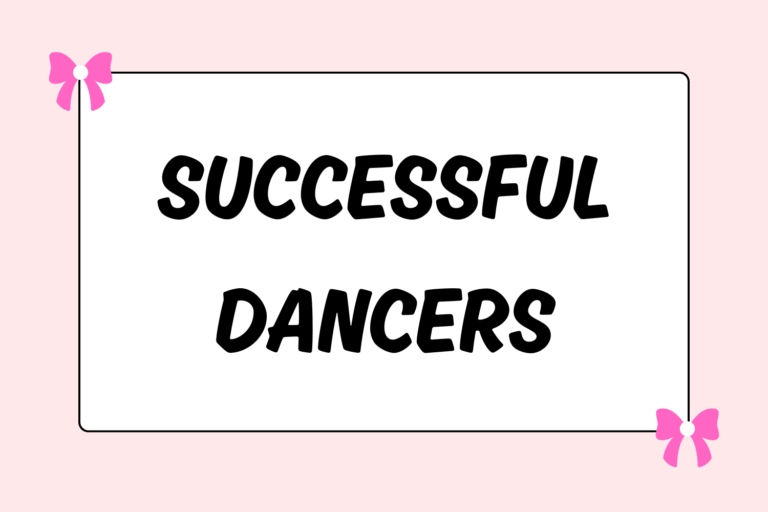Spatial etiquette can be confusing during ballet classes. How to place yourself at the barre, where to stand in the center, and how to travel across the floor all take a bit of know-how. Just as you learned how to plié and relevé, learning how and where to move within the studio is vital. Although ballet is a highly individualistic art form, cultivating your awareness of the other bodies in class will help you tremendously during performances. This guide will give you some general rules of conduct for technique class.
The Barre
There are two major points to note when executing barre combinations. The first is to make sure that you don’t kick anyone when working with one hand at the barre. If you have plenty of space, this will not be a problem. In a crowded class, however, it is always a good idea to turn your body diagonally toward the barre. In this position, your limbs are directed toward or away from the barre rather than at your neighbor.
The second point to note has to do with the type of barre you are using. Barres that attach to the wall allow you to stand on only one side. Freestanding barres allow you to stand on both sides simultaneously. Knowing where to place your hand is essential if you are using a freestanding barre.
If you are dancing with one hand at the barre, that hand needs to be able to slide forward when the working leg is derrière. Plan ahead to make sure you don’t cross paths with the dancer across from you. It is usually a good idea to start back-to-back with that dancer, so both of your hands can move forward. If the combinations involve a lot of demi détourné, you can begin either face-to-face or back-to-back — as long as there is plenty of room between the two of you.
This gets more complicated if there are multiple people on each barre. If you do think you will run into someone, be gracious and lift your hand up off of the barre while allowing that person to keep her hand in place.
Center Practice
In a typical ballet school, young dancers are placed into straight lines facing the mirror once the class comes to the center. Each line will have an equal amount of students and everyone will be able to see themselves in the mirror. For example, if there are two lines of dancers, the back line will not go directly behind the other; instead it will fill the “windows” between every other person. If there are three lines or more, dancers will be arranged as equidistant as possible within their own line while still standing in the windows. This practice is often seen on stage during “corps de ballet ” work, where many ballerinas are dancing together in classical ballets.
As you become more advanced or begin taking open adult classes, you and your class will be expected to arrange yourselves in the center. Keeping the corps de ballet blueprint in mind, here are a few tips to ensure that everyone has enough room to dance:
- Don’t encroach: Try to be as equidistant as possible from those in front of you, to the side of you, and behind you.
- Don’t cover up: Try not to stand directly in front of someone — everyone should be able to see themselves in the mirror.
- Stagger: If a class is fairly large or you are executing steps a la séconde, every other person in each line should step forward to avoid collisions.
- Don’t be shy: If you are in the front line, scoot up to give those behind you some space.
- Forward and around: At the end of forward-traveling combos, walk toward the mirror, go off to the side, and circle around to the back. If you just turn around and walk back, the lines behind you will be disrupted. This is also done when changing lines.
- Choose your group: Many beginning combos in the center are done in two groups. If you know the choreography, choose the first group. Otherwise, watch the first group to learn the choreography and avoid mishaps.
Traveling on a Diagonal
Most ballet classes include combinations that begin in one corner and end in the opposite. Often times, dancers are asked to go across the floor in small groups. There are some basic rules of thumb for diagonal work:
- In a duo, stand front-to-back rather than side-to-side.
- If you are in front of a group of three or more, travel so as not to stifle those behind you.
- It is a good idea to stagger so no one gets kicked — especially during jumping combinations like grand allegro.
For combinations that start on the diagonal but change directions, maintain your position within the formation. This is known as “birding.” Depending on the direction in which the group begins to go, you may be a leader or a follower. Regardless, don’t cross over anyone’s path.
Unspoken Rules
If you are new to a class or studio, you might notice some attitudes or behaviors from dancers that are difficult to decipher. For example, it is not unheard of for dancers to claim “barre spots.” Although any open position at a barre is technically available on a first-come-first-serve basis, regular students or company members often like to stand at the same place for every class. It is up to you if you want to inquire about where to stand when entering the studio. Although you have every right to choose, it may be seen as more respectful to check in with the dancers who have seniority.
Chivalry is part of classical ballet. Although the rules are changing, male dancers are generally expected to acquiesce to their female counterparts. In class, this would mean that the men carry the freestanding barres to and from the center. During center practice, they would stand in the back or at least off to the sides. When traveling on the diagonal, men generally wait to dance in the final group(s). If you are a male dancer, feel out the expectations of your environment. When in doubt, err on the side of caution and let the ladies go first.
Everyone in class has a right to be there, but the more advanced dancers are often given a little extra respect. If you ever feel intimidated by the caliber of others in the room, go in the back line or dance in the second group during center. If you happen to be one of the more accomplished dancers in the room, step forward so that others can follow you when necessary.
Attitude
Ballet dancers have a reputation for being snobby and competitive. You do not have to fall into either of those categories. Check your ego at the door so you can avoid unnecessary drama. If you are more advanced than your classmates, find ways to be encouraging and helpful. Much the same, don’t take it personally if someone purposefully runs into you or makes a comment while you’re already feeling in over your head.
Creating a positive environment is everyone’s responsibility. Especially in a company or ballet school, the more aware and respectful dancers become of each other, the easier it is to perform as a cohesive group.





